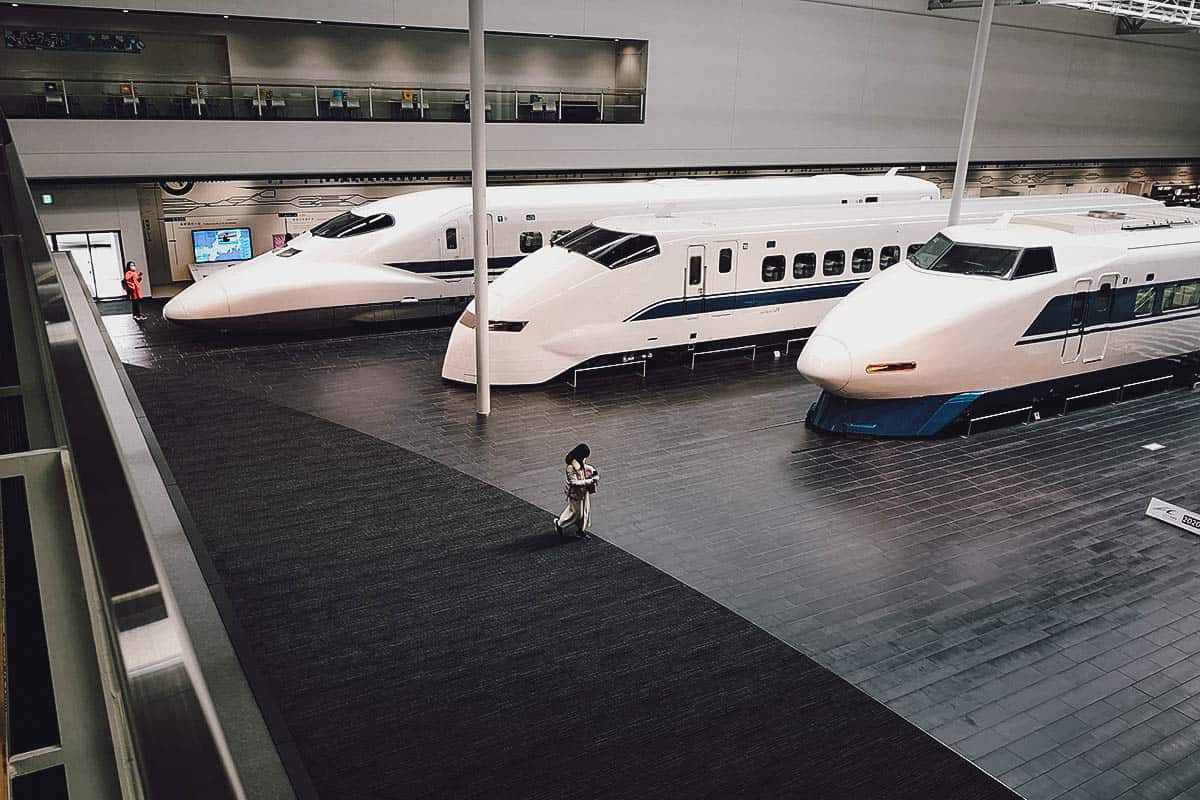SUMMARY HIGHLIGHTS
- The Toyota Techno Museum is one of the coolest museums I’ve been to in Japan, and I don’t have a particular fascination for cars. Don’t miss it.
- Nagoya is home to some of the best regional food in Japan. Miso katsu and hitsumabushi are highlights.
- If you plan on exploring the Chubu Region, then the Takayama-Hokuriku Pass may be a worthwhile investment.
I was on a press trip to the Chubu region a few years ago when one of our Japanese guides said “there’s nothing in Nagoya”. I understood what she meant, I had heard it before, though I didn’t agree with her.
Before my first trip to Nagoya, I wasn’t overly enthusiastic about visiting this metropolis in Japan’s central Chubu region. It seemed more urbanized than other Japanese cities and lacked the traditional charm I had come to appreciate in cities like Kyoto and Kanazawa.
People on their first few visits to the country tend to look for temples, kimonos, and torii gates. Being a highly urbanized city, Nagoya doesn’t have as much of those things, which is probably why our guide said what she did. But that hardly means there’s nothing in Nagoya!
For one thing, Nagoya is the birthplace of Toyota. The Toyota Techno Museum is one of the best museums I’ve ever visited in my life and I’m not even a car enthusiast. Nagoya is also the administrative headquarters of JR Central and home to the fascinating SCMAGLEV Railway Park and Museum, which conveniently, is just a short walk from Legoland.
Best of all, Nagoya is home to one of the best regional cuisines in Japan. A Japanese friend of mine – who works as a tour guide in Kyoto – told me it’s one of three cities locals visit when they travel for food, the other two being Fukuoka and Hiroshima. The regional food in Nagoya is so good they even have a term for it – Nagoya meshi.
So contrary to what you may have heard, if you like trains, automobiles, and amazing Japanese food, then you’ll find there’s a lot to look forward to in Nagoya.
VISIT NAGOYA QUICK LINKS
To help you plan your trip to Nagoya, I’ve put together links to recommended hotels, tours, and other travel-related services here.
HOTELS
Top-rated hotels around Nagoya Station, the most convenient area to stay for first-time visitors to the city.
- Luxury: Nagoya Marriott Associa Hotel
- Midrange: Meitetsu Grand Hotel
- Budget: HOSTEL WASABI Nagoya Ekimae
EXPERIENCES
- Sightseeing Tour: Full-Day Nagoya City Tour
- Food Tour: Private and Personalized Eat Like a Local Tour
- Tea Ceremony: Nighttime Tea Ceremony Experience
- Theme Park: LEGOLAND Japan Ticket
- Cooking Class: Nagoya-Style Home Cooking Class
OTHER SERVICES
- Travel Insurance (non-US residents get 5% off)
- Airport Transfers
- Japan Rail Pass
- Takayama-Hokuriku Area Tourist Pass
- Japan eSIM
GUIDE TABLE OF CONTENTS
NAGOYA AT A GLANCE
Nagoya is the capital of Aichi prefecture and the largest city in Japan’s central Chubu region. Like Tokyo and Osaka, it’s one of the country’s major ports and transportation hubs. It’s home to one of Japan’s biggest international airports and remains an important center for the automotive, aviation, and ceramic industries.
This may not seem evident now but Nagoya was once regarded as the center for samurai and ninja culture in Japan. It’s the birthplace of Oda Nobunaga, Toyotomi Hideyoshi, and Tokugawa Ieyasu – the three samurai feudal lords credited for unifying the country in the 16th century. During the early Edo period, it’s estimated that 70% of the nation’s daimyo warlords were from Nagoya and its surrounding areas.
In spite of its colorful history and key role in driving the country’s economy, Nagoya has a reputation for being one of Japan’s most boring big cities. I don’t know how it got that reputation but by the end of this article, I hope I can convince you otherwise.
BEST TIME TO VISIT NAGOYA
Nagoya’s climate is similar to Osaka or Kyoto. Because of its mild weather, it’s mostly a year-round destination though spring and fall are typically the best times to visit, thanks to the promise of sakura and autumn leaves.
Nagoya isn’t as popular a tourist destination as Tokyo, Kyoto, or Osaka so it may be a good alternative for people looking to view the cherry blossoms without the heavier crowds of spring.
If you’d like to experience a festival, October would be a good time to visit. Nagoya Matsuri, the city’s biggest festival, is held annually in mid-October.
WHERE TO STAY IN NAGOYA
There are a few good areas for travelers to stay in Nagoya. I’ve created the color-coded map below to help you understand where these recommended neighborhoods are. (Please note that marked areas are approximations only)
RED – Around Nagoya Station
BLUE – Sakae
PURPLE – Kanayama
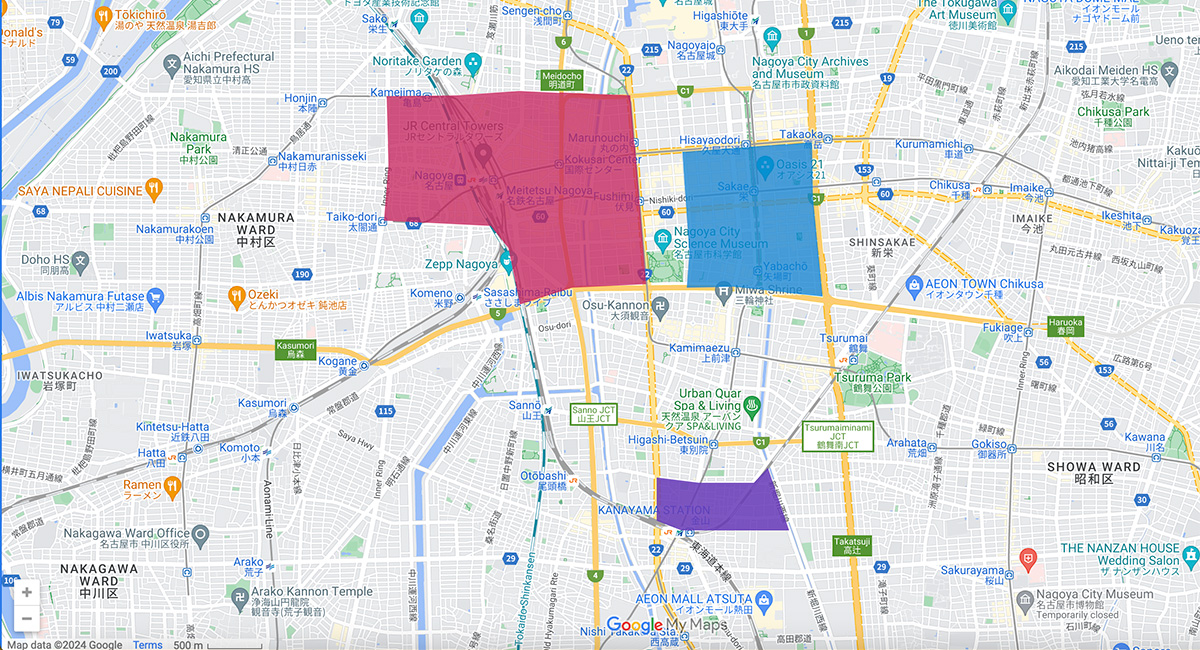
AROUND NAGOYA STATION
If it’s your first time in Nagoya, then it’s best to stay around Nagoya Station. It’s a busy commercial area in the heart of the city with plenty of restaurants, izakayas, cafes, and shops. It’ll make it easier for you to get around as well.
You can check these websites for hotel listings around Nagoya Station: Booking.com | Agoda. Here are some of the top-rated hotels in the area:
- Luxury: Nagoya Marriott Associa Hotel
- Midrange: Meitetsu Grand Hotel
- Budget: HOSTEL WASABI Nagoya Ekimae
SAKAE
Sakae refers to the area just east of Nagoya Station. Being the city’s main entertainment district, it’s home to many restaurants and izakayas. If you want access to local food but don’t want to be too close to the train station, then Sakae is a good area to consider.
You can find a hotel in Sakae through Booking.com or Agoda. Here are some of the top-rated hotels in the area:
- Luxury: TIAD, Autograph Collection
- Midrange: Dormy Inn Premium Nagoya Sakae
- Budget: KOKO HOTEL Nagoya Sakae
KANAYAMA
Kanayama refers to the area just north of Kanayama Station. It’s known for its plethora of small local restaurants, many of which are tucked away in back alleys. If you’d prefer to stay in an area with interesting local food, then Kanayama may be a good place to consider. It’ll put you closer to popular tourist attractions like Atsuta Shrine and Shirotori Garden as well.
You can book a room in Kanayama through Booking.com or Agoda. Check out some of the top-rated hotels in the area:
- Luxury: ANA Crowne Plaza Hotel Grand Court Nagoya, an IHG Hotel
- Midrange: Comfort Hotel Nagoya Kanayama
- Budget: Toyoko Inn Nagoya Kanayama
THINGS TO DO IN NAGOYA
Learn the History of Toyota at the Toyota Techno Museum
Aside from the food, this museum was my favorite attraction in Nagoya. I grew up with Toyotas so visiting the Toyota Commemorative Museum of Industry and Technology, or Toyota Techno Museum for short, was special for me.
It’s a massive museum that traces the history of the Toyota company back to its roots as an automatic loom manufacturer. There’s much to see with many interactive exhibits so visiting this museum will keep you busy for at least 2-3 hours.
The Toyota Techno Museum is one of three Toyota-related museums you can visit in Nagoya. The other two are the Toyota Kaikan Museum and the Toyota Automobile Museum, both of which are about an hour away from central Nagoya.
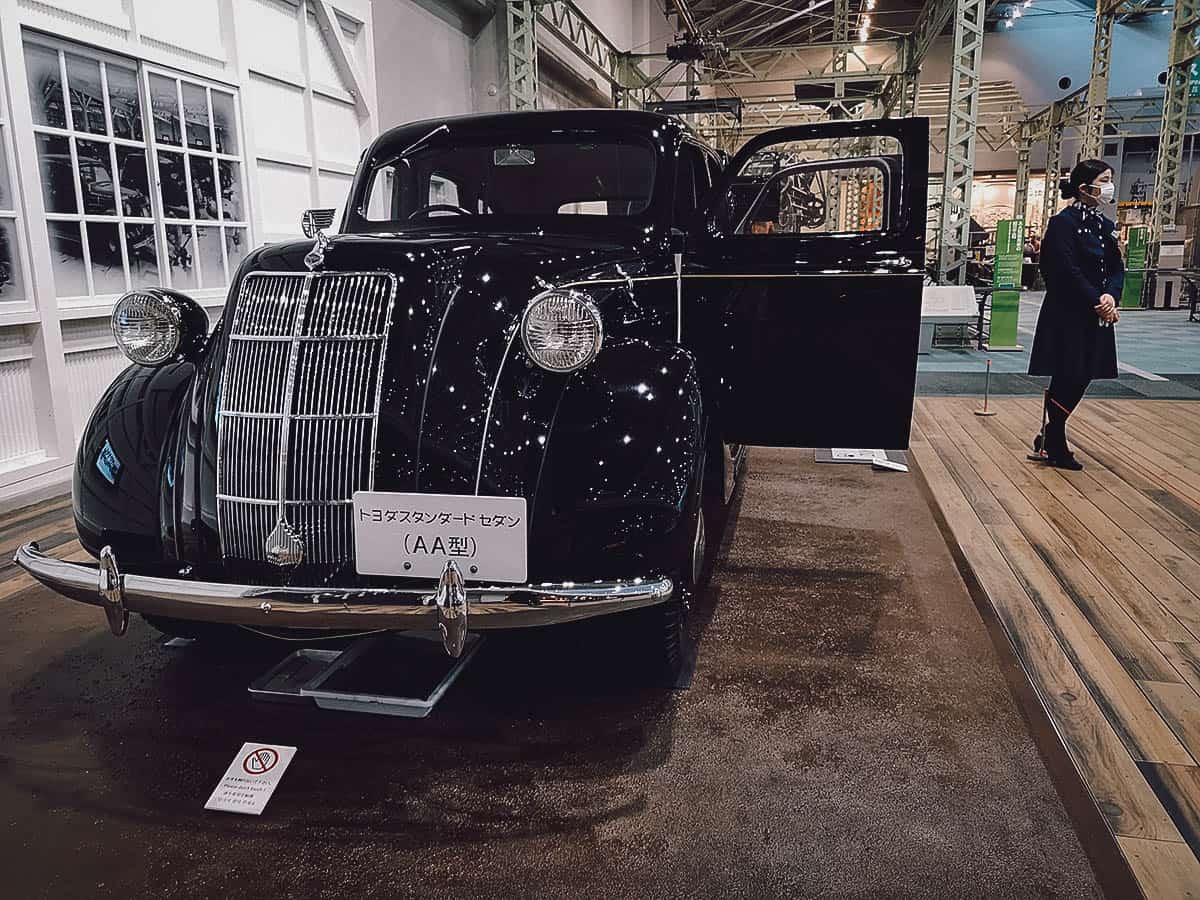
Admire the Cherry Blossoms at Nagoya Castle
You’ll find dozens of these castles throughout Japan but seeing them never gets old, especially during sakura season when the castle grounds become abloom with pink and white cherry blossoms.
Most tourists flock to Kyoto or Tokyo to see the cherry blossoms in spring but Nagoya Castle makes for a quieter, equally memorable alternative. Shoot for around late March or early April to catch the sakura trees here in full bloom.
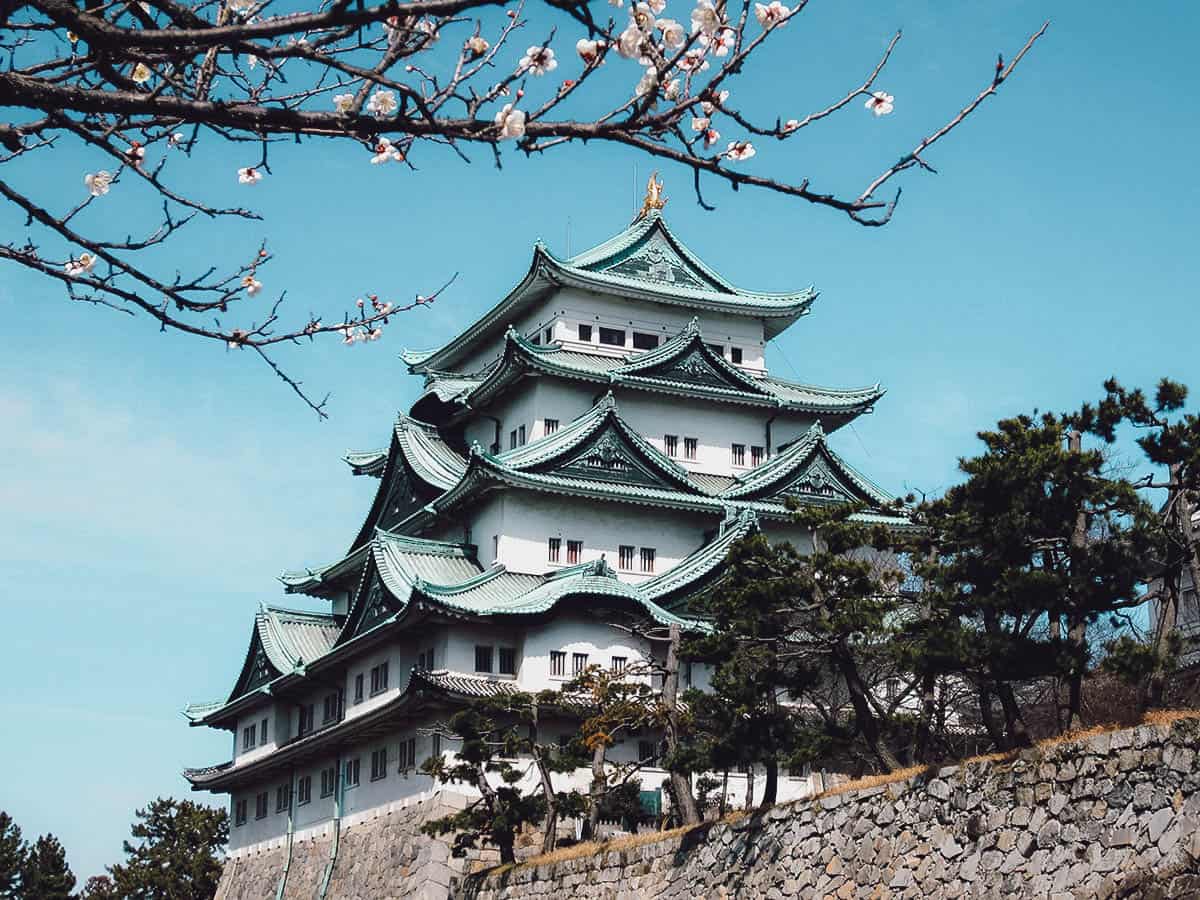
Photo by Tonic Ray via Shutterstock
Enjoy a Forested Sanctuary at Atsuta Shrine
Nagoya is an urban destination. You’ll feel it after your first day there. I enjoy big cities in Japan but after a while, I start looking for attractions closer to nature. Enter Atsuta Shrine.
Located in a large forested park of about 200,000 square meters (2,153,000 sq ft), Atsuta Shrine is one of Japan’s most important shrines. It was built sometime between 71 and 130 AD to house the Kusanagi no Tsurugi, an ancient sword that’s considered one of the Three Sacred Treasures of Japan.
Aside from the main shrine, the park features a few walking trails with smaller shrines hidden along the way. It makes for a quiet green getaway from the chaos and concrete of urban Nagoya.
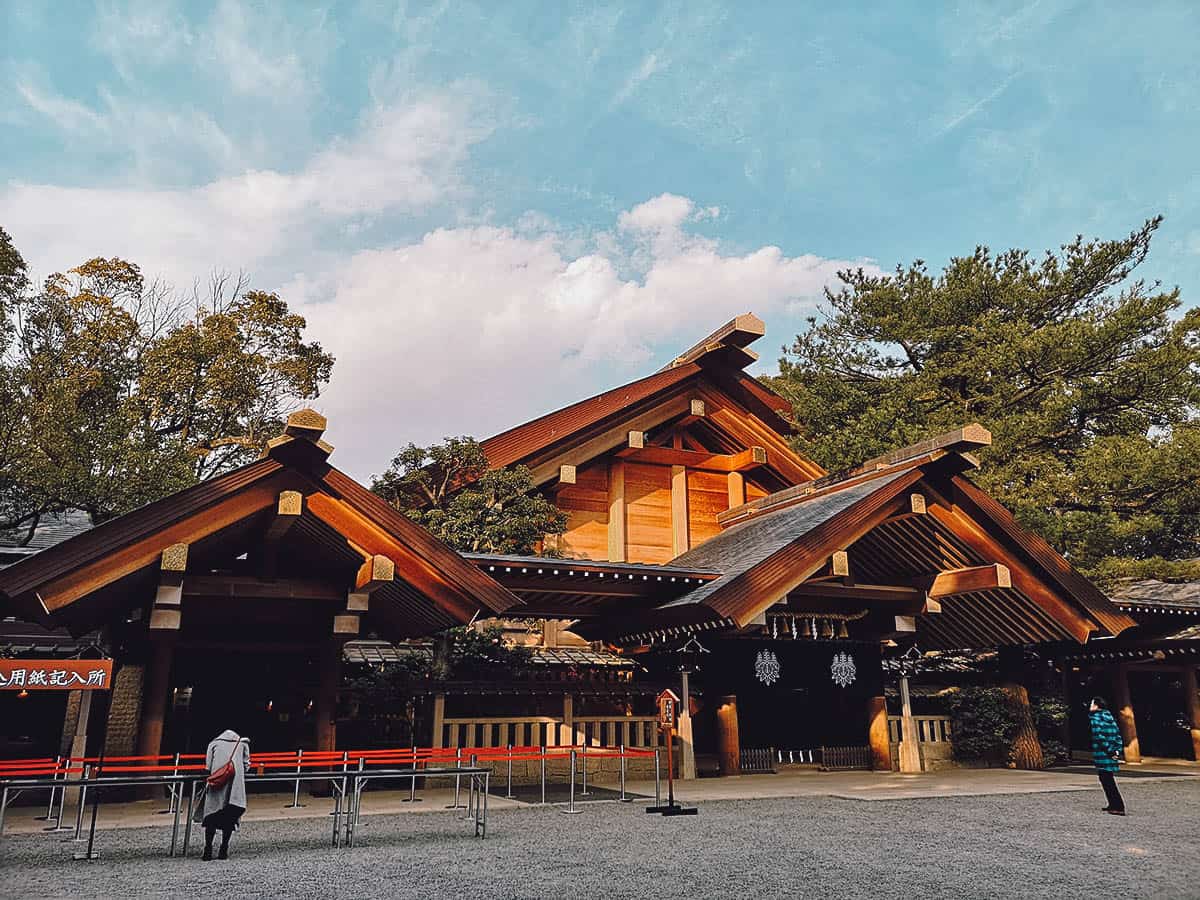
Feast on Nagoya Meshi
Together with Fukuoka and Hiroshima, many locals consider Nagoya one of the best food cities in Japan. This was less a revelation and more a confirmation of what I had experienced during my visits there.
So delicious is the food in Nagoya that the Japanese have a term for it – Nagoya meshi. Nagoya meshi means “Nagoya food” or “Nagoya cuisine”. It pertains to all the delicious dishes you can have in Nagoya like miso katsu, hitsumabushi (pictured below, my personal favorite!), kishimen, and doteni.
It’s easy enough to find these dishes on your own in Nagoya, but if you’d prefer to try them with a guide, then you may be interested in this “Eat Like a Local” food tour.
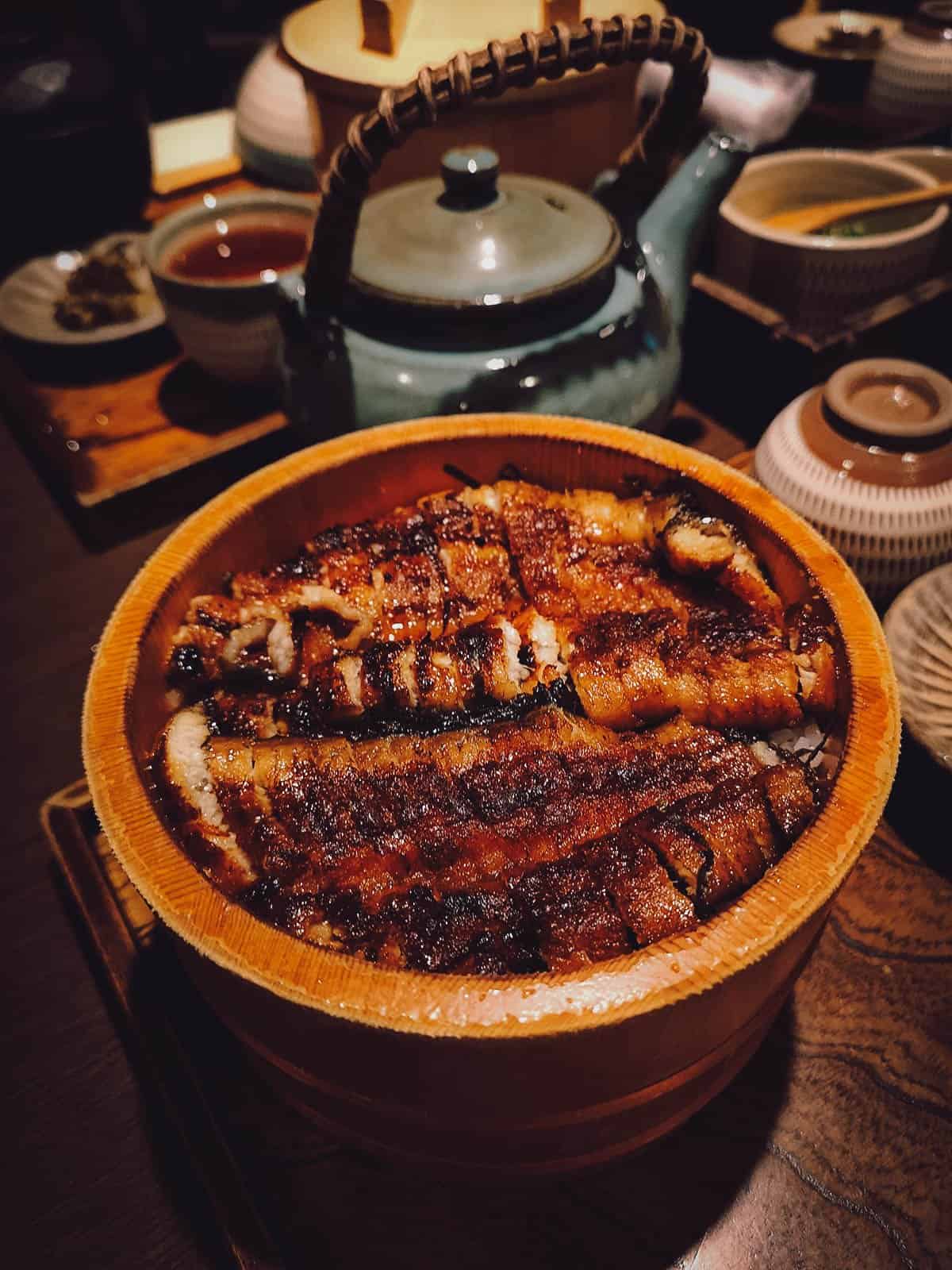
Take a Stroll Through Shirotori Garden
Located less than a kilometer from Atsuta Shrine, Shirotori Garden is another oasis in Nagoya. It’s a Japanese landscaped garden occupying an area of about four hectares.
I’ve been to a few of these gardens throughout Japan and I always find it soothing to just sit on a bench and take in the atmosphere. They’re so beautiful and meticulously planned out. Like all Japanese gardens, Shirotori Garden’s features are meant to represent Japan’s landscape in miniature.
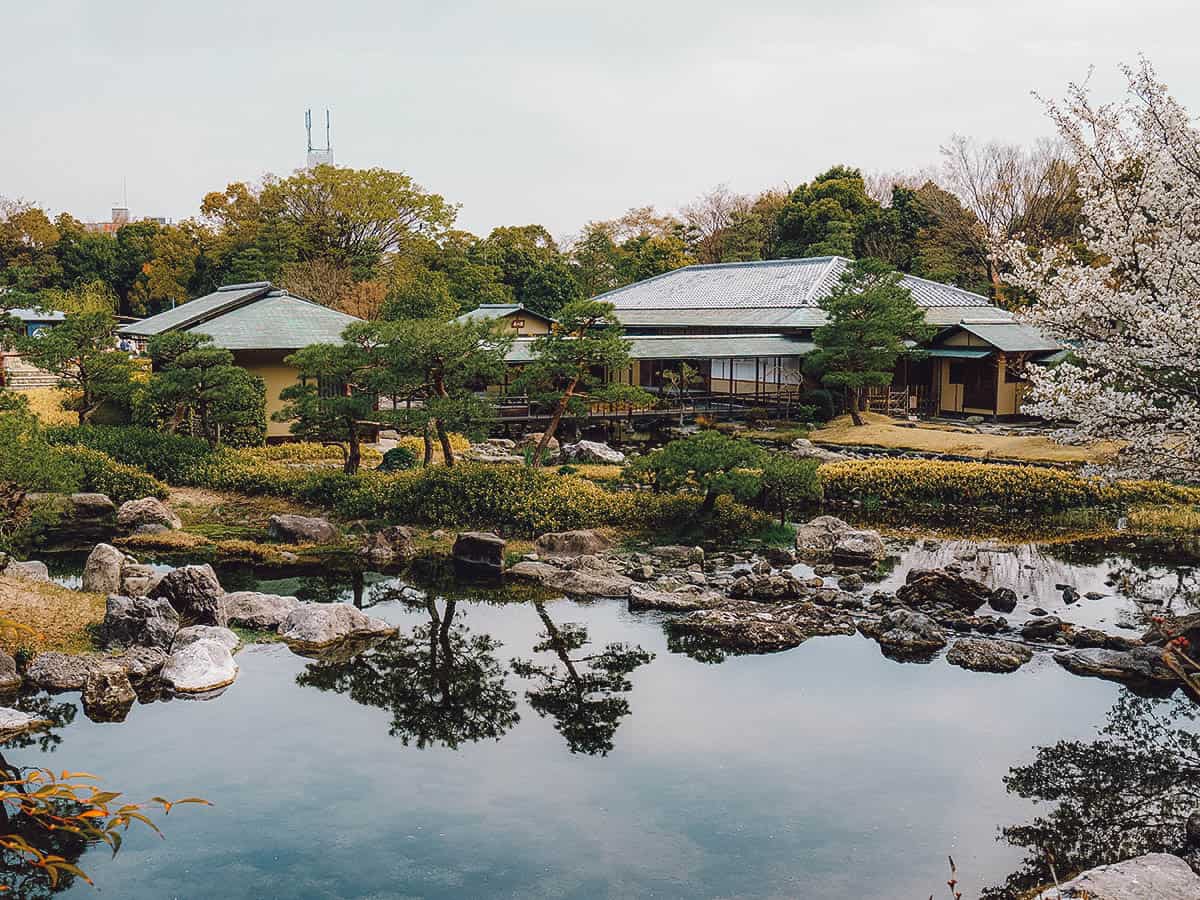
Photo by rolling rock via Shutterstock
Enjoy Interactive Exhibits at Nagoya City Science Museum
As its name suggests, Nagoya City Science Museum is a museum with exhibits dedicated to science and modern technology. It’s known for its giant silver globe housing one of the world’s biggest planetariums. Unfortunately, shows at the planetarium are conducted only in Japanese, but seeing the visuals may be cool enough.
If you’re traveling with kids or enjoy interactive science exhibits, then visiting the City Science Museum is a great way to spend the day in Nagoya. It features seven floors of permanent and temporary exhibits, some of the most popular being the Tornado Lab, Electric Discharge Lab, and the Deep Freezing Lab.
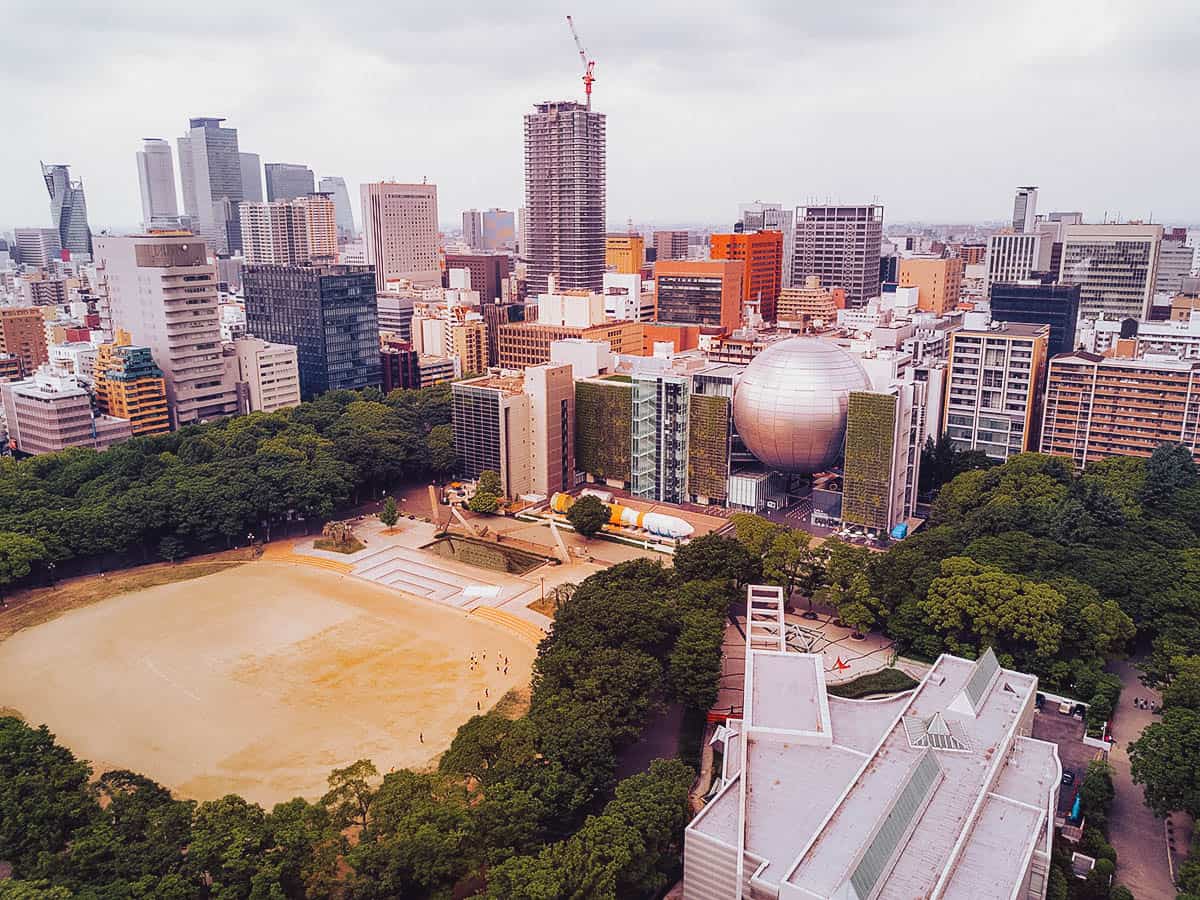
Photo by Aberu.Go via Shutterstock
Go Trainspotting at SCMAGLEV and Railway Park
If you like trains, then you need to visit SCMAGLEV and Railway Park. Operated by Central Japan Railways (aka JR Central), it features over three dozen trains – from historic steam locomotives to the shinkansen to the most modern magnetic levitating trains. SCMaglev is short for superconducting maglev train – the fastest rail vehicle ever built.
SCMAGLEV and Railway Park is located near the same metro station as Legoland, so people traveling with kids may have time to visit both on the same day.
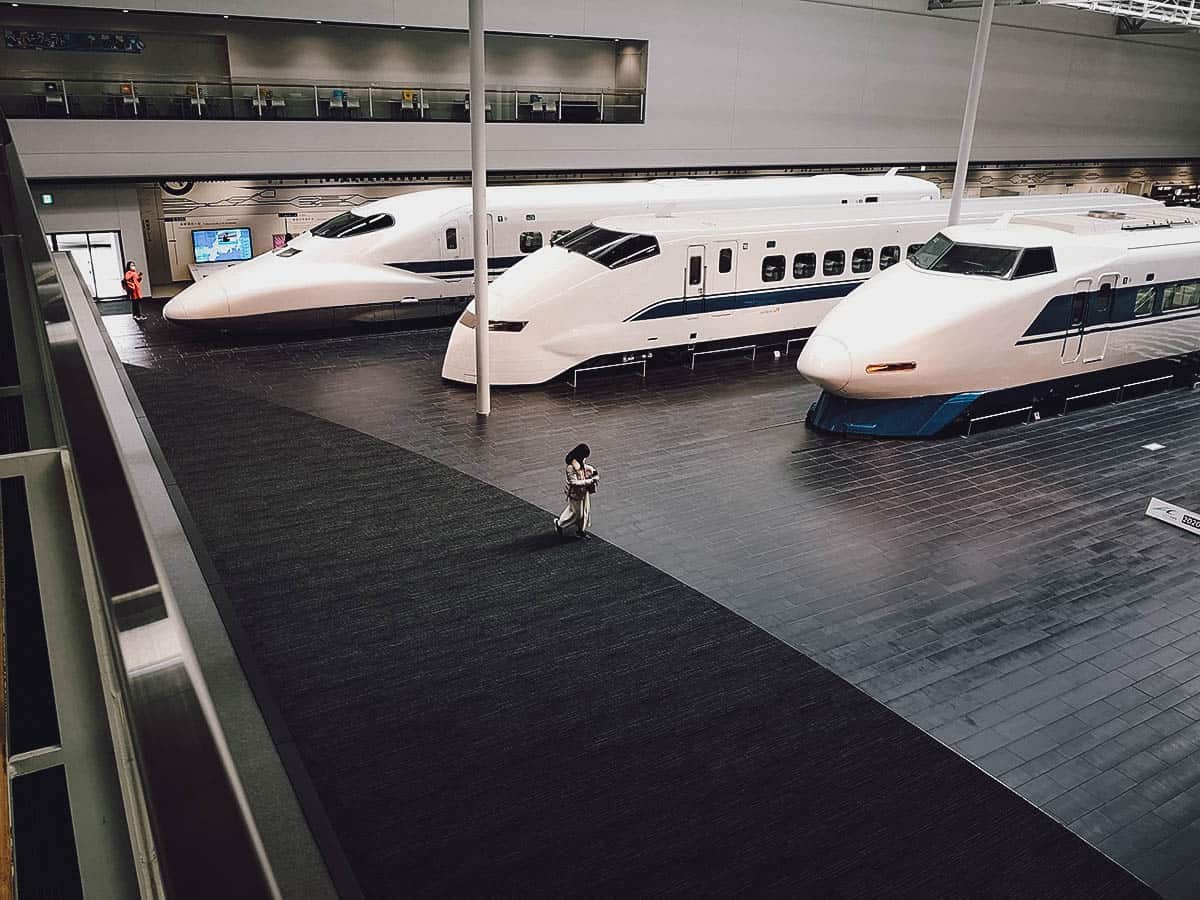
Spend the Day at Legoland
I didn’t know there was a Legoland in Nagoya until I got off the metro to visit SCAMGLEV & Railway Park.
Inspired by the iconic toy bricks, Legoland features theme park rides, large Lego models, games, hobby shops, and restaurants. It’s geared towards younger children so if you’re visiting Nagoya with kids, then a day at Legoland should be at the top of your Nagoya itinerary.
You can purchase tickets at the gate or in advance through Klook. They offer combo tickets that include entrance to Legoland Japan and Sea Life Nagoya, a small aquarium located right next to the theme park.
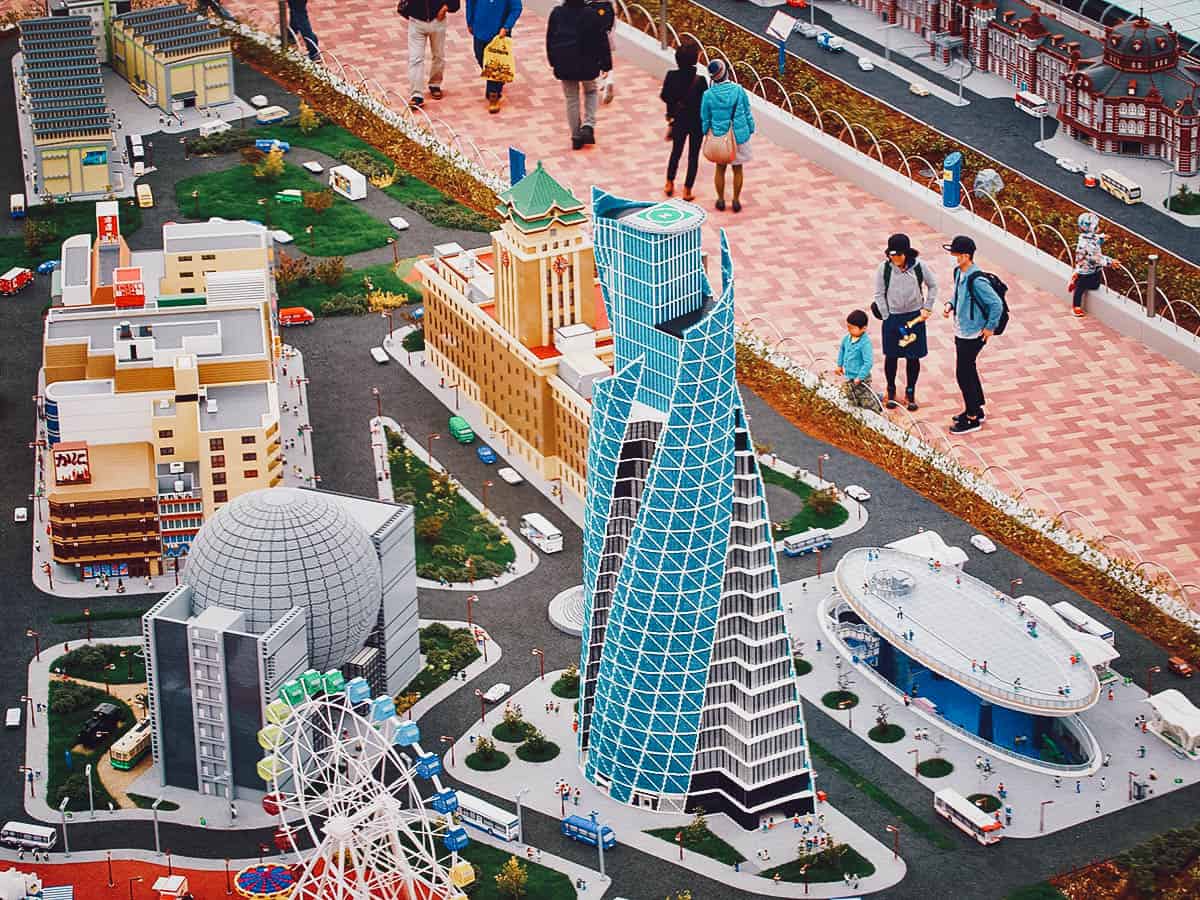
“NAGOYA Spiral Towers” by S.Brickman, used under CC BY-SA 2.0 / Processed in Photoshop and Lightroom
Visit Osu Kannon and Osu Shopping Arcade
If you’re in the mood to do some shopping in Nagoya, then make your way to Osu Shopping Arcade. But before you start stimulating the local economy, you may want to make a quick stop at Osu Kannon first.
Osu Kannon is a popular Buddhist temple known for a large wooden statue of Kannon, the goddess of mercy. It was carved by Kobo Daishi, a prominent figure in Japanese Buddhism.
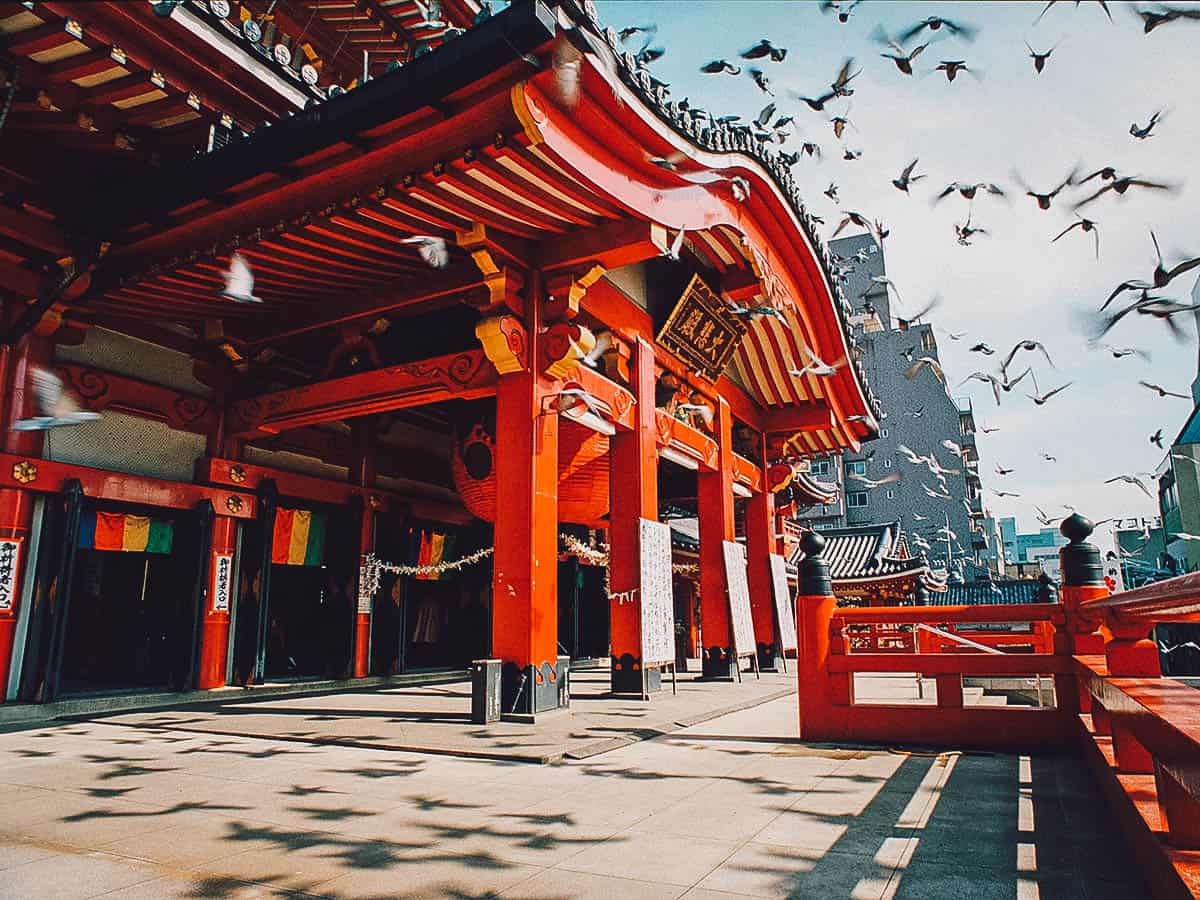
Photo by David Quixley via Shutterstock
After visiting Osu Kannon, embrace your inner otaku and get lost in the series of covered shopping streets that make up Osu Shopping Arcade. Likened to Akihabara in Tokyo, the arcade boasts hundreds of shops, many of which specialize in electronics, anime, manga, and cosplay.
Aside from shops, there are dozens of restaurants and food stalls here so this might be a good opportunity to try the local dishes on a guided street food tour.
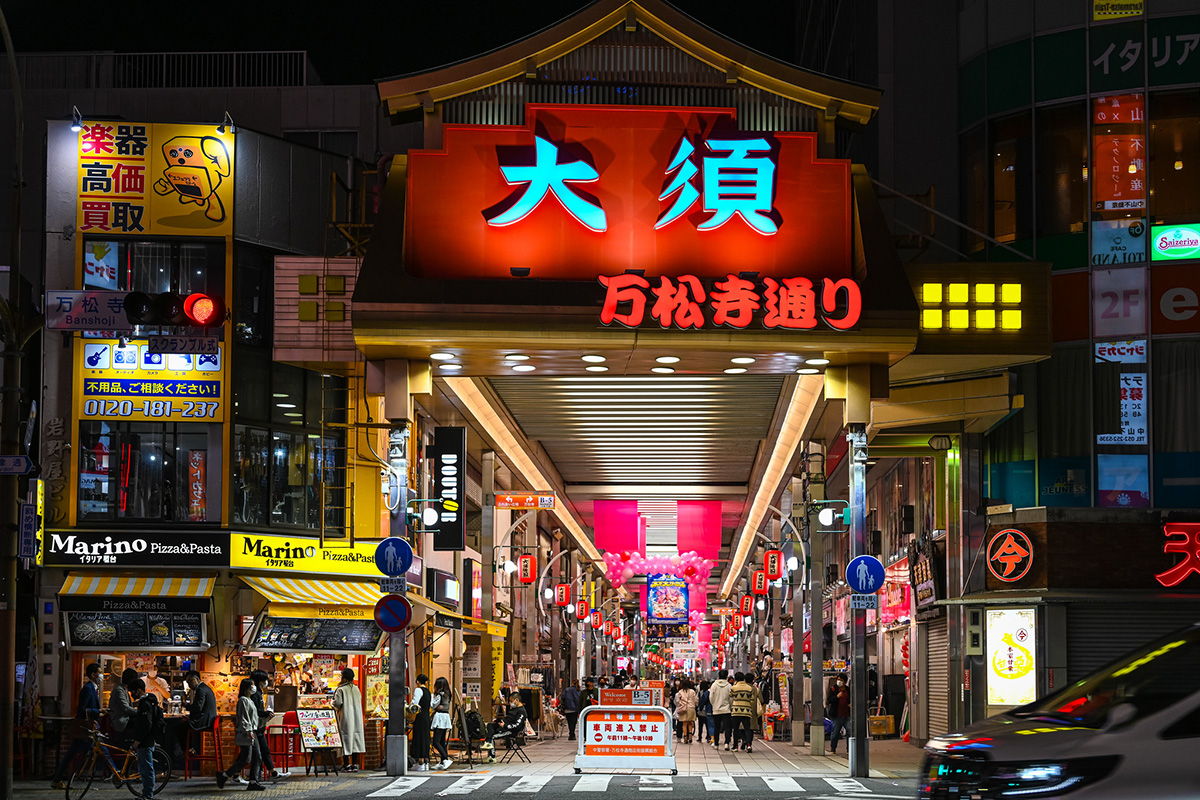
“大須 万松寺通り” by m-louis .®, used under CC BY-SA 2.0 / Processed in Photoshop and Lightroom
Enjoy the View From Nagoya TV Tower
If you like lofty views, then you may want to head up to the observation decks of Nagoya TV Tower, the oldest TV tower in Japan. It stands at 180 meters tall (591 ft) and houses two observation decks – the indoor Skydeck and the outdoor Sky Balcony at 90 meters (295 ft) and 100 meters (398 ft) above the ground.
After enjoying the views, you can cross the street and do some shopping at Oasis 21 – a futuristic shopping complex and bus terminal known for its unique glass rooftop called “Spaceship Aqua” (pictured below). It’s remarkable during the day but even more so at night when the glass walkway is illuminated from underneath.
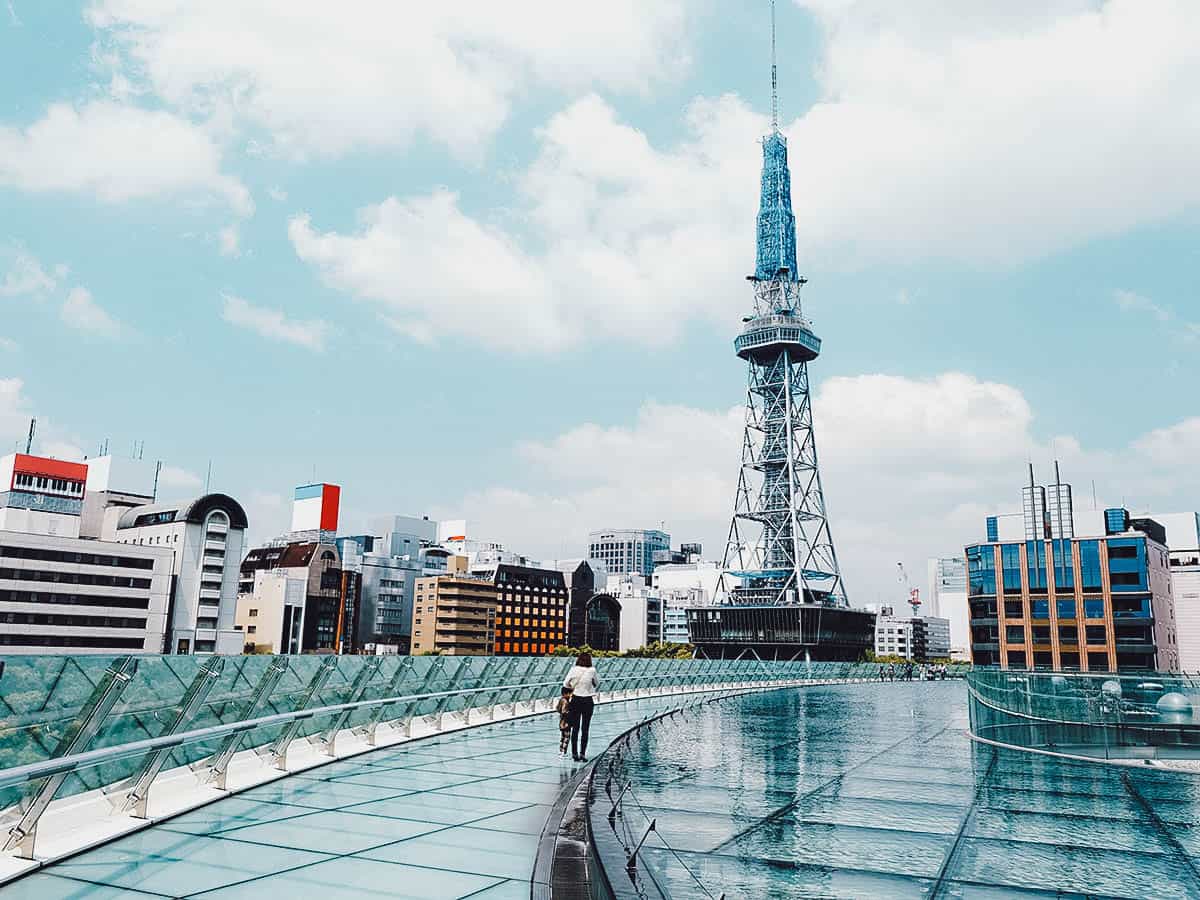
Photo by cozyta via Shutterstock
Take a Cooking Class
Tasting all the delicious Nagoya meshi dishes is one thing, but learning how to make them yourself is another. If you’re adept in the kitchen, then you may want to do a deeper dive into Nagoya’s regional cuisine by taking a cooking class.
I’ve taken cooking classes in many cities around the world, including Tokyo, and they always give me a better understanding and appreciation for the local cuisine.
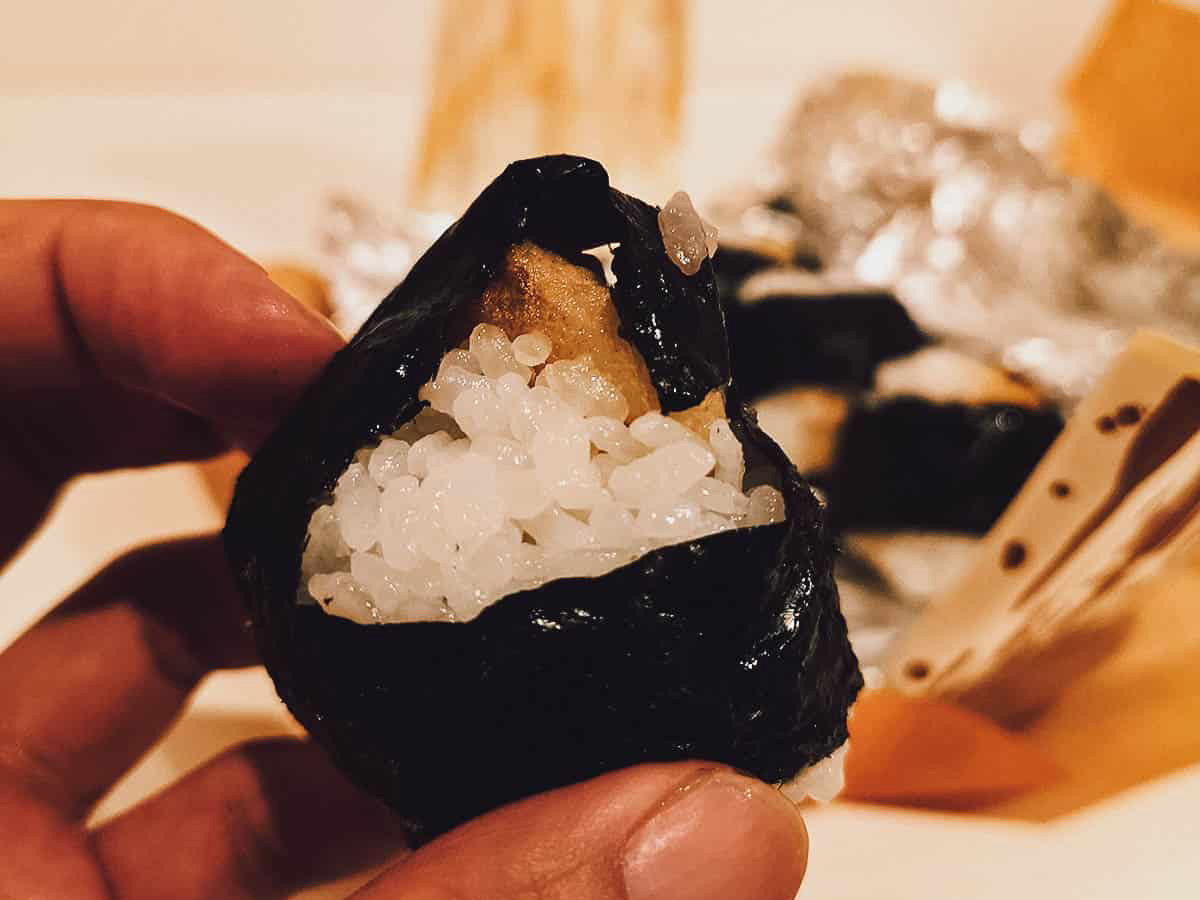
DAY TRIPS FROM NAGOYA
Nabana no Sato
If you visit Nagoya sometime between mid-October to early May, then you may want to visit Nabana no Sato. Located less than an hour away in Kuwana City, it’s a botanical garden boasting one of the biggest illumination displays in Japan.
Nabana no Sato is easy enough to get to on your own but if you’d like to go on an organized tour, then you can book one through Klook.
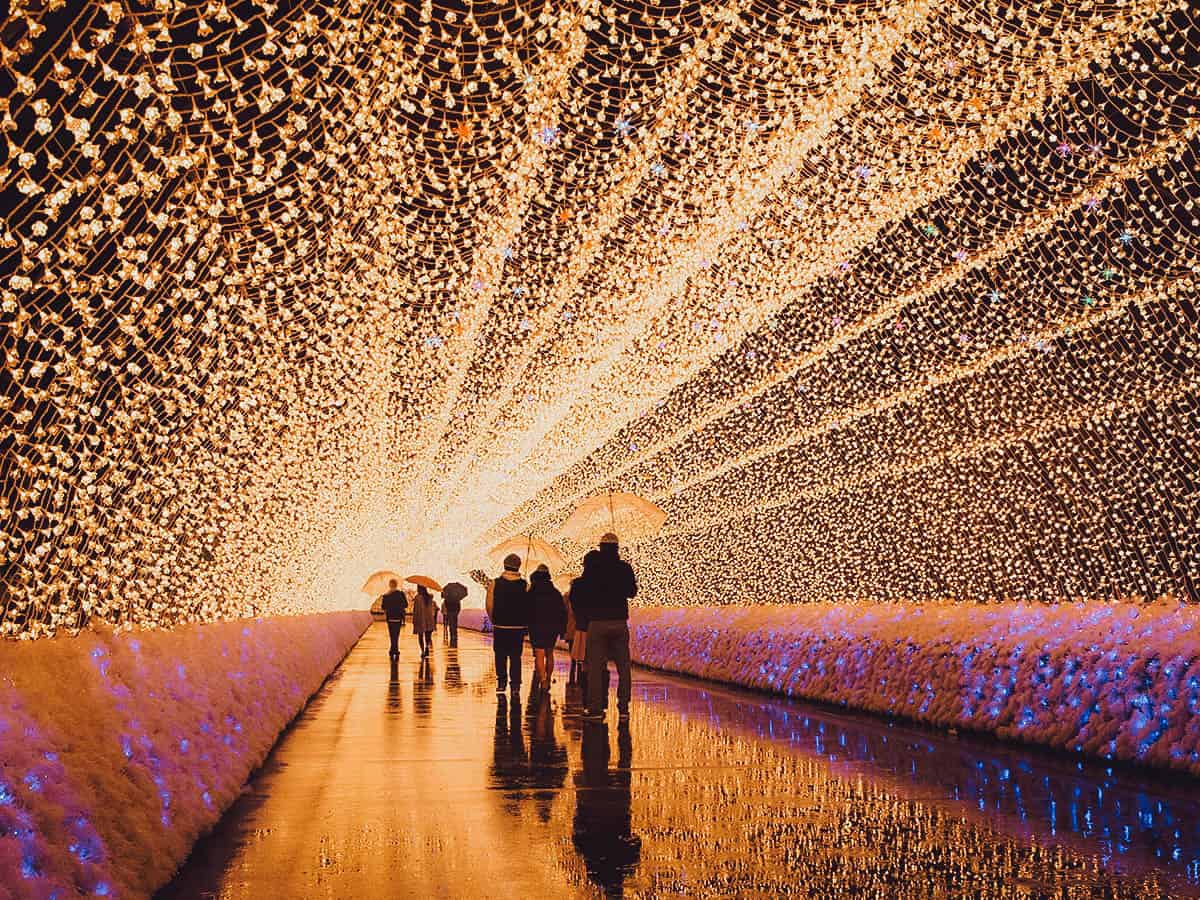
Photo by Phubet Juntarungsee via Shutterstock
Nakasendo Trail
If you’d like to walk in the footsteps of samurai, then take your hiking shoes to Kiso Valley and the Nakasendo Trail – a 500 km (310.7 miles) ancient trade route that served as one of two means of transport between Kyoto and Edo.
To provide rest, food, and accommodations to merchants traveling along the Nakasendo, post towns like Magome, Tsumago, and Narai were developed every few kilometers in the Kiso Valley. Today, a few of these post towns have been preserved to look exactly like they did during the days of the Nakasendo.
The towns in the Kiso Valley are about 1.5-2 hrs northeast of Nagoya. You can easily get there on your own using public transportation, but if you’d rather go on a guided tour, then you can book one through Get Your Guide.
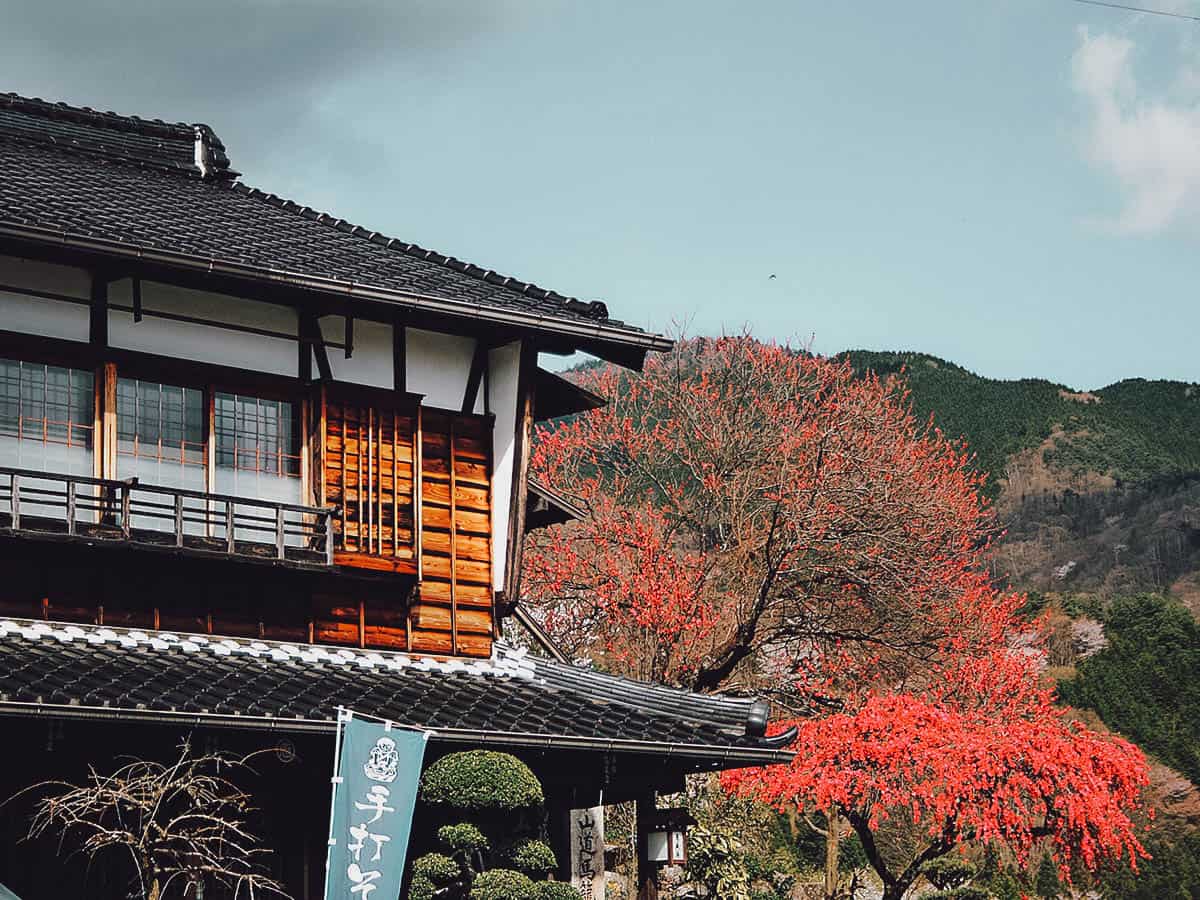
“Magome, Kiso Valley” by DavideGorla, used under CC BY 2.0 / Processed in Photoshop and Lightroom
Hida Takayama
Hida Takayama (or simply Takayama) is a small city in the mountainous Hida region of Gifu prefecture. It gained prominence during the feudal ages for its high-quality timber and surplus of skilled carpenters. Today, it’s known for its beautifully preserved old town and for being home to one of Japan’s best festivals – Takayama Matsuri.
Hida Takayama is about 2.5 hours north of Nagoya. It’s a bit far for a day trip so I’d only recommend doing it if you have a Takayama-Hokuriku Area Tourist Pass (more on this later), or if you’re willing to book a guided tour (option 1 | option 2). Both tour options will take you to Shirakawa-go as well.
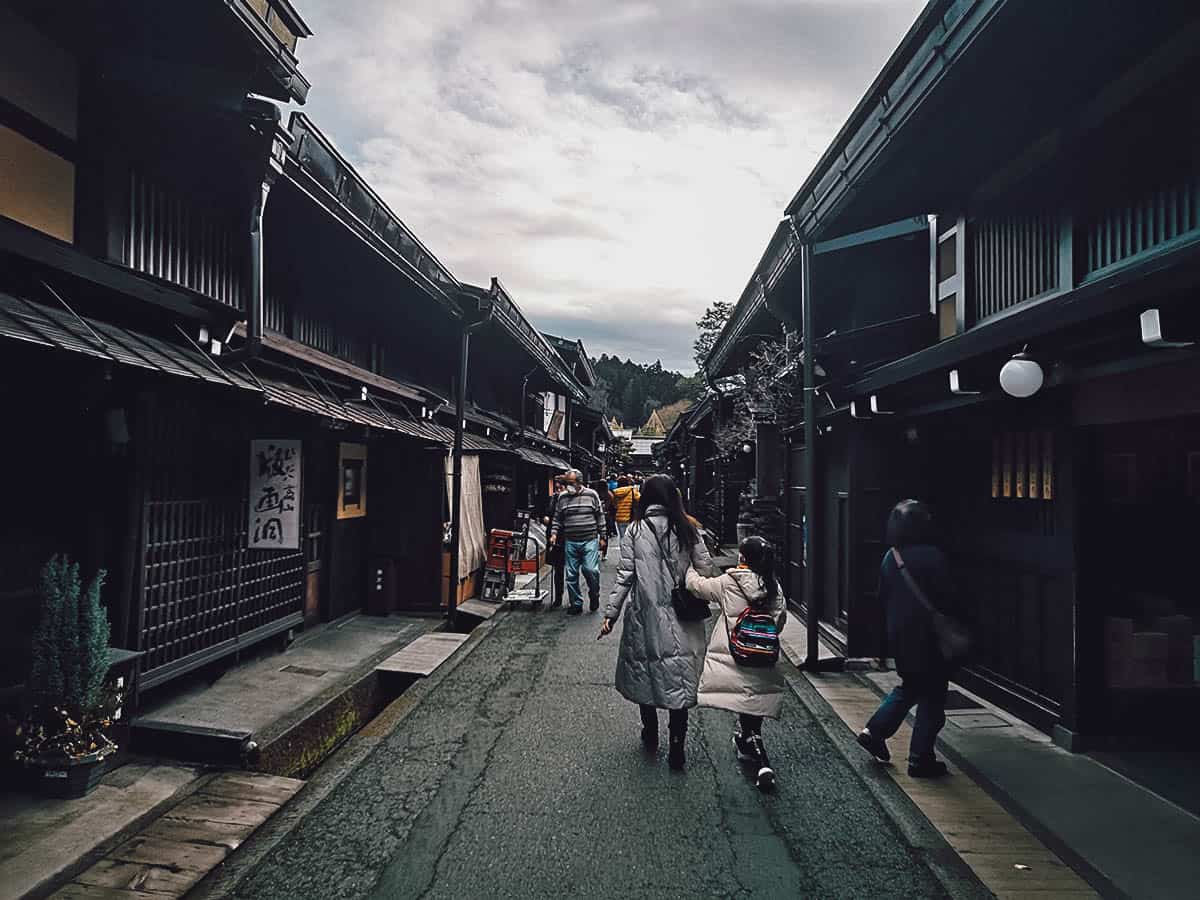
Shirakawa-go
Shirakawa-go has become quite popular in recent years thanks to social media. Located in the remote Shogawa River Valley in Gifu prefecture, it’s a UNESCO World Heritage Site famous for its traditional gassho-zukuri farmhouses.
The farmhouses in Shirakawa-go are known for their slanted thatched gable roofs. The village can be covered in up to two meters of snow so the roofs are built at a steep angle to allow heavy snow to easily fall off in winter. The village is beautiful at any time of the year though it’s best visited in winter when the landscape is covered in a thick blanket of snow.
Like Hida Takayama, Shirakawa-go is a bit far to do on a day trip from Nagoya so I’d only recommend trying it if you have a Takayama-Hokuriku Pass. Even better options would be to purchase direct roundtrip bus transportation or book a guided tour (option 1 | option 2).
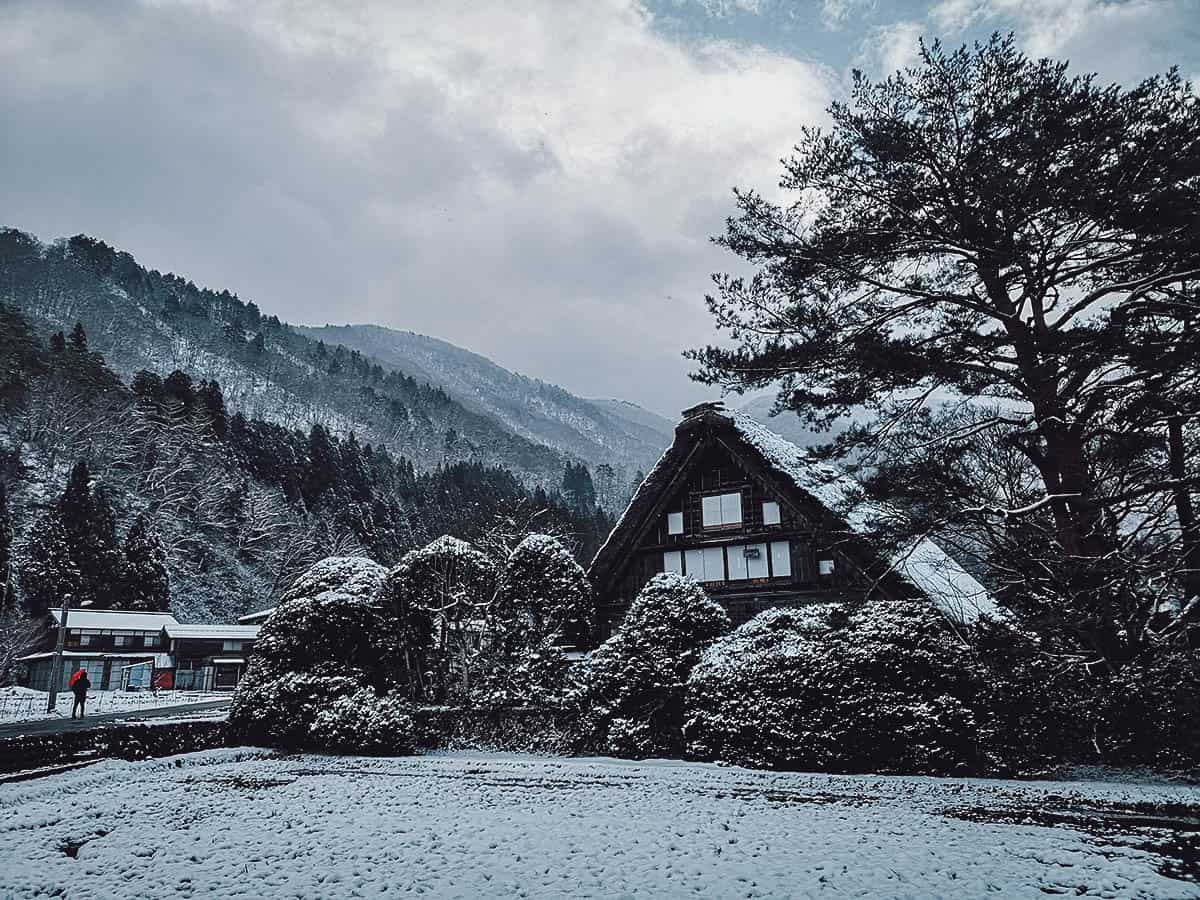
VISIT NAGOYA FAQs
Is Nagoya boring?
Absolutley not, at least not in my opinion. Nagoya may not be what many first-time visitors expect from Japan, but that doesn’t make it boring.
Sure, Nagoya may not have the temples of Kyoto or the excitement of Tokyo but it has fascinating museums and some of the best food in Japan, two ingredients that can surely make for an engaging trip.
How many days should I stay in Nagoya?
If you have limited time and don’t mind rushing, then you can probably see Nagoya’s top attractions in one full day. But if you can, then I’d suggest doing it in two. It’ll give you more time at each attraction and more opportunities to try Nagoya’s many delicious dishes.
Is it easy to get around in Nagoya?
Very easy. Like any big city in Japan, Nagoya has a great transportation system that makes getting around a breeze.
I usually go with stored value IC Cards in Japan, but if you’re planning on using Nagoya’s transportation system a lot during your stay, then there are several transport passes you can get to save you on metro and bus fares. Check out this excellent article for available options and explanations for each.
Is the Takayama-Hokuriku Area Tourist Pass worth it?
It can be, but like any JR Pass, it depends on how often you use it.
The Takayama-Hokuriku Pass is a rail pass that allows tourists unlimited travel in central Japan for five consecutive days. Pass holders can travel by JR train between multiple cities in the Chubu region (Nagoya, Hida Takayama, Kanazawa, Fukui, etc), and to Osaka and Kyoto in the Kansai region. You can also use it to travel by bus to Shirakawa-go and Gokayama.
If you plan on exploring the Chubu region extensively, then the Takayama-Hokuriku Pass has the potential to save you money. You can use a JR fare calculator to estimate how much traveling by train will cost you.
If you find the pass to be a worthwhile investment, then you can purchase one in advance through Klook.
THE FINAL SAY
Some people might say that Nagoya is boring but I hope I’ve convinced you otherwise. If you’re traveling to Japan to visit as many temples as you can, then Nagoya may not be for you.
But if cool museums and tasty regional Japanese dishes do it for you, then you need to include Nagoya in your Japan itinerary.
Disclosure
This Nagoya travel guide contains affiliate links, through which we’ll earn a small commission if you make a booking or purchase at no additional cost to you. As always, we only recommend products and services that we use ourselves and can personally vouch for. We really appreciate your support as it helps us make more of these free travel guides. Arigato gozaimasu!

